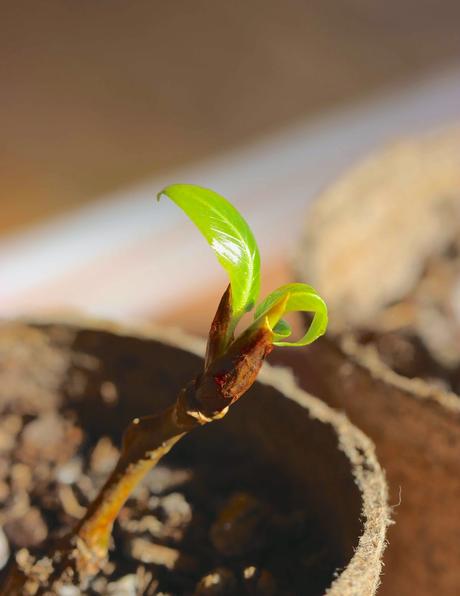
Cottonwood twigs collected in January are leafing out – indoors. In the wild, leaves won't appear until late May.
It’s time to part with my cottonwood and choose a new tree to follow. I was considering junipers (also called cedars) as they’re emblematic of the American West and linked to lots of interesting history and stories. The trees are photogenic. The wood is beautiful, varied, aromatic. But … I was waylaid by a willow.I was searching for a suitable juniper in the foothills just east of town. They’re common, especially on rockier slopes and in draws. We walked up a small dry draw with a box canyon at the head.
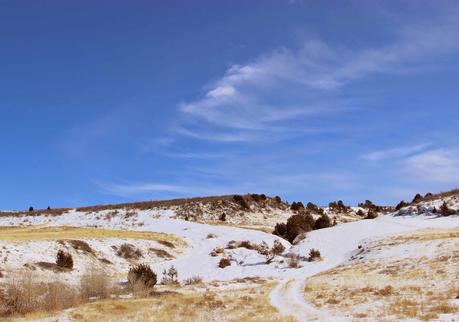
The mouth of the draw is marked by the large clump of junipers right of center.
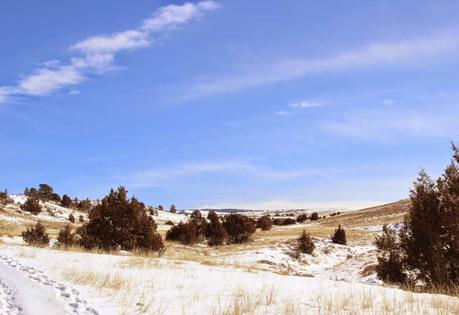
The drainage widens beyond the mouth. Junipers are common.

Further upstream, the draw narrows into a box canyon rimmed with limestone.

That day the head of the box canyon was decorated with fresh snow cornices (photo by DM).
A large juniper in the bottom of the canyon caught my eye. It grows in a neat spot. After a hard rain or with enough snow melt, a temporary stream flows down the canyon and a side stream drops in off the cliff behind the juniper.
Rocky Mountain juniper, Juniperus scopulorum, on left – a candidate for tree following.
When I squeezed through the brush to look at the north side, I found a leafless tree with white spots scattered through the crown.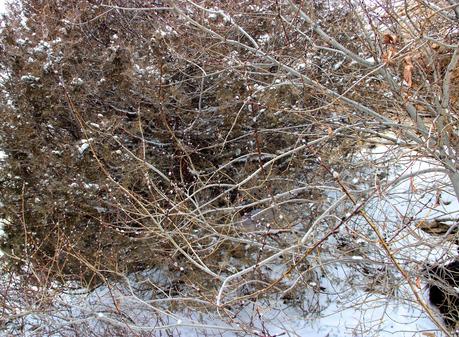
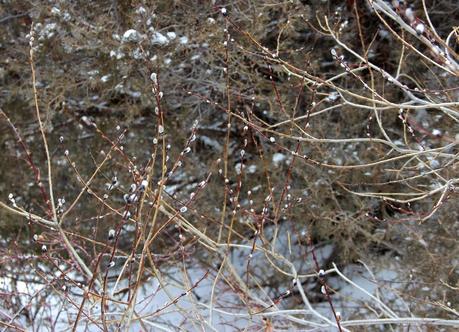
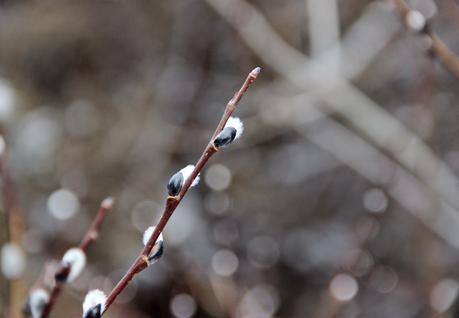
Little cat feet.
The white spots were emerging catkins (flower clusters) … furry ones, like the catkins of pussy willows. I collected two twigs to watch at home.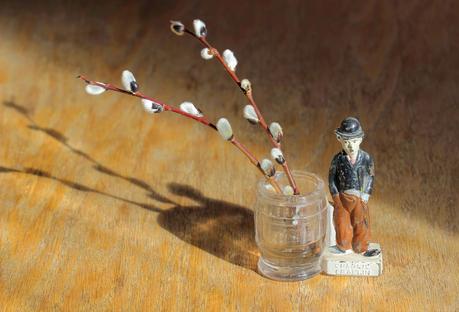
Willow kittens/catkins, after several weeks indoors.
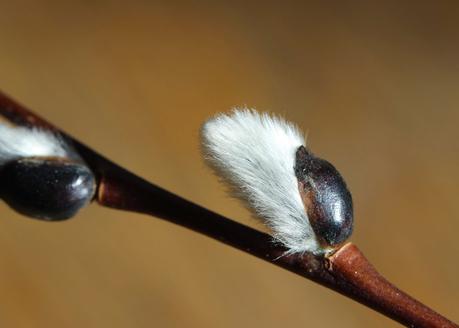
Young catkin covered in dense silky hairs. It must be male; female catkins lack fur.
Is this tree really a pussy willow? It could be … the North American pussy willow, Salix discolor, grows in southeast Wyoming. But there are other willows with furry young catkins, so I won’t put a name on it yet. Discretion is the better part of valor, in plant identification as well as war (Falstaff).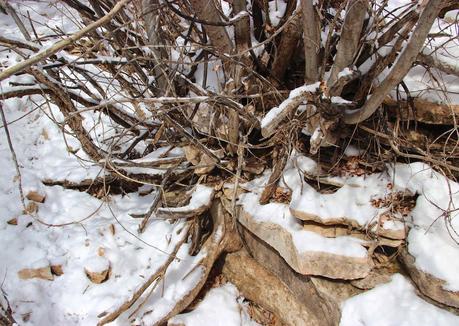
Branching base of tree … or large shrub (willows are that way).
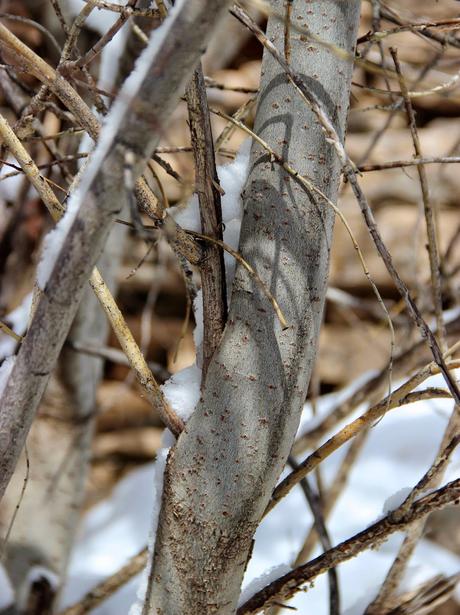
Bark on stems and branches is pale and rough.
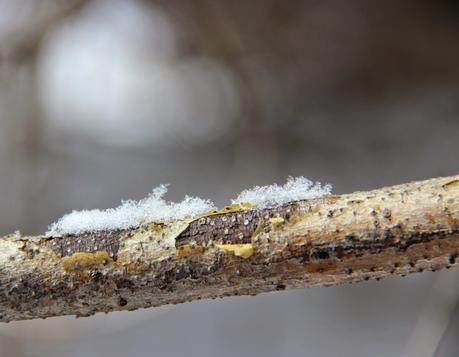
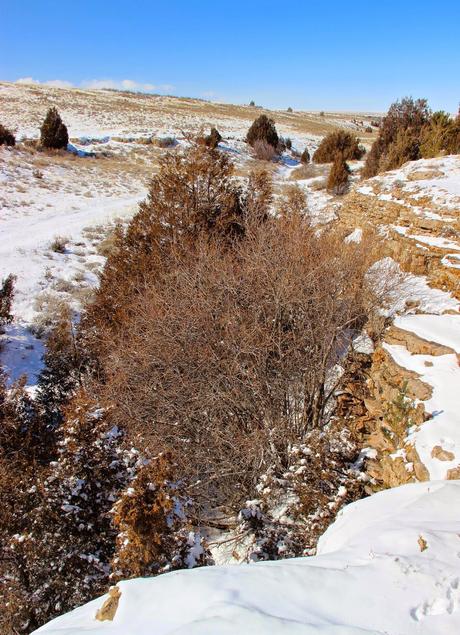
Willow from canyon rim.
Tree following is a tradition started by Lucy Corrander of Loose and Leafy. Followers from around the world “gather” each month to report on their trees. Read the March news here. And consider joining us ... it's so interesting ... and fun!

